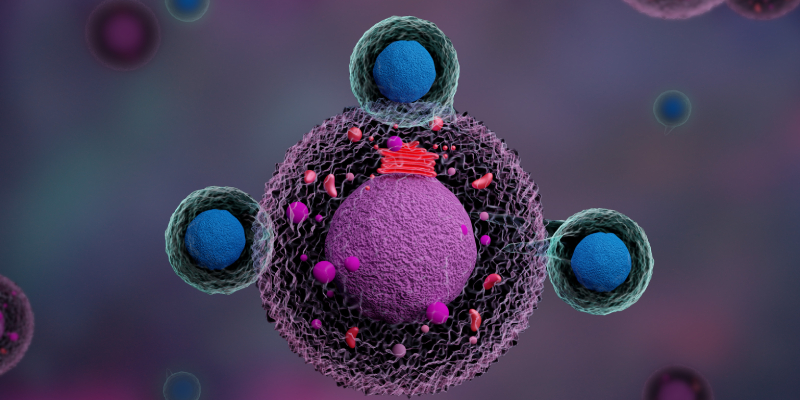
A real-world analysis assessed the impacts of bridging therapy when used in patients receiving the chimeric antigen receptor (CAR) T-cell therapy axicabtagene ciloleucel (axi-cel) for large B-cell lymphoma (LBCL). It found that bridging therapy did not impact CAR T-cell treatment efficacy but was associated with more frequent and prolonged cytopenia. The results were presented at the 65th ASH Annual Meeting & Exposition.
The study collected data from the Center for International Blood and Marrow Transplant Research registry to identify patients with LBCL receiving axi-cel in the third line or beyond between 2017 and 2020. A total of 1,497 patients were identified, 1,307 of whom had available bridging therapy data and were included in this analysis.
Among the cohort, 430 patients (33%) received bridging therapy, with a median time from leukapheresis to lymphodepletion of 23 days (interquartile range, 21–28 days). Systemic therapy was used in 403 patients (31%), including 305 (23%) with chemotherapy-based bridging therapy and 98 (7%) with non-chemotherapy systemic therapy. Patients were more likely to receive bridging therapy if they had received three or more prior lines of therapy (odds ratio [OR], 10.67; 95% CI, 7.17-15.87) or had mild hepatic impairment prior to infusion (OR, 1.64; 95% CI, 1.06–2.55). Patients with histologic transformation (OR, 0.69; 95% CI, 0.51-0.92) or those with longer time from diagnosis to leukapheresis were less likely to receive bridging therapy.
The overall response rate (ORR) to axi-cel was 70% in patients who underwent bridging therapy, including a 51% complete response (CR) rate, compared with 79% ORR and 64% CR rate in patients who did not undergo bridging therapy. “After multivariate adjustment, no statistical significance was found between bridging therapy and any effectiveness outcome,” the authors noted.
Adjusted hazard ratios (HRs) for progression-free survival (PFS) and overall survival (OS) were 1.3 (95% CI, 0.94-1.36) and 1.11 (95% CI, 0.92-1.34), respectively, in the bridging cohort. In the cohort receiving bridging therapy, 74 patients (17%) had a CR or partial response to bridging therapy. Median PFS and OS post-infusion were 12.7 months and 48.7 months, respectively.
Grade ≥3 cytokine release syndrome (CRS) occurred in 12% of patients in the bridging cohort versus 30% who did not undergo bridging therapy. Grade ≥3 immune effector cell–associated neurotoxicity syndrome (also known as ICANS) occurred in 10% and 24% of patients, respectively. Bridging therapy was associated with more frequent prolonged neutropenia (OR, 2.24; 95% CI 1.44-3.60) and thrombocytopenia (OR, 2.33; 95% CI, 1.67-3.24) but was not associated with a higher rate of infections or non-relapse mortality.
Safety and efficacy did not appear to significantly differ based on bridging strategy. For those receiving chemotherapy plus an anti-CD20 monoclonal antibody, researchers observed improved ORR (OR, 1.90; 95% CI, 1.00-3.60), PFS (HR, 0.69; 95% CI, 0.49-0.98), and OS (HR, 0.66; 95% CI, 0.46-0.95); they also observed an increase in any-grade CRS (OR, 2.16; 95% CI, 1.02-4.57) compared with chemotherapy alone. Chemotherapy was associated with an increased risk of prolonged thrombocytopenia (41% vs 24%; OR, 2.37; 95% CI, 1.39-4.02) compared with non-chemotherapy treatment.
Among the 44 patients (3%) in the bridging cohort who received radiotherapy, there did not appear to be a significant difference in outcomes.
“Response to bridging therapy may prognosticate more favorable outcomes after axi-cel infusion,” the authors concluded. “Further study is warranted to identify the optimal bridging regimen.”
Reference
Chavez JC, Dickinson M, Munoz JL, et al. Three-year analysis of ZUMA-12: a phase 2 study of axicabtagene ciloleucel (axi-cel) as first-line therapy in patients with high-risk large B-cell lymphoma (LBCL). Abstract #894. Presented at the 65th ASH Annual Meeting and Exposition; December 9-12, 2023; San Diego, California.
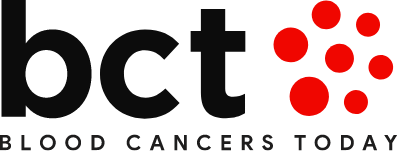

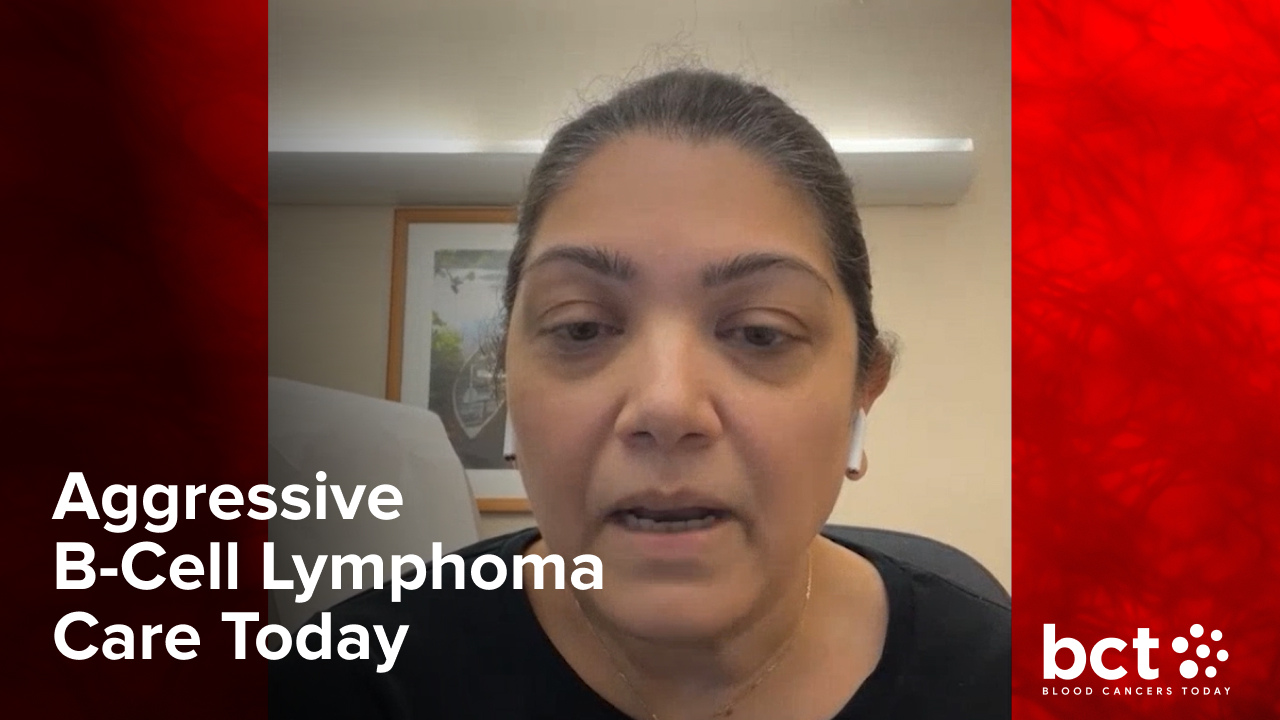
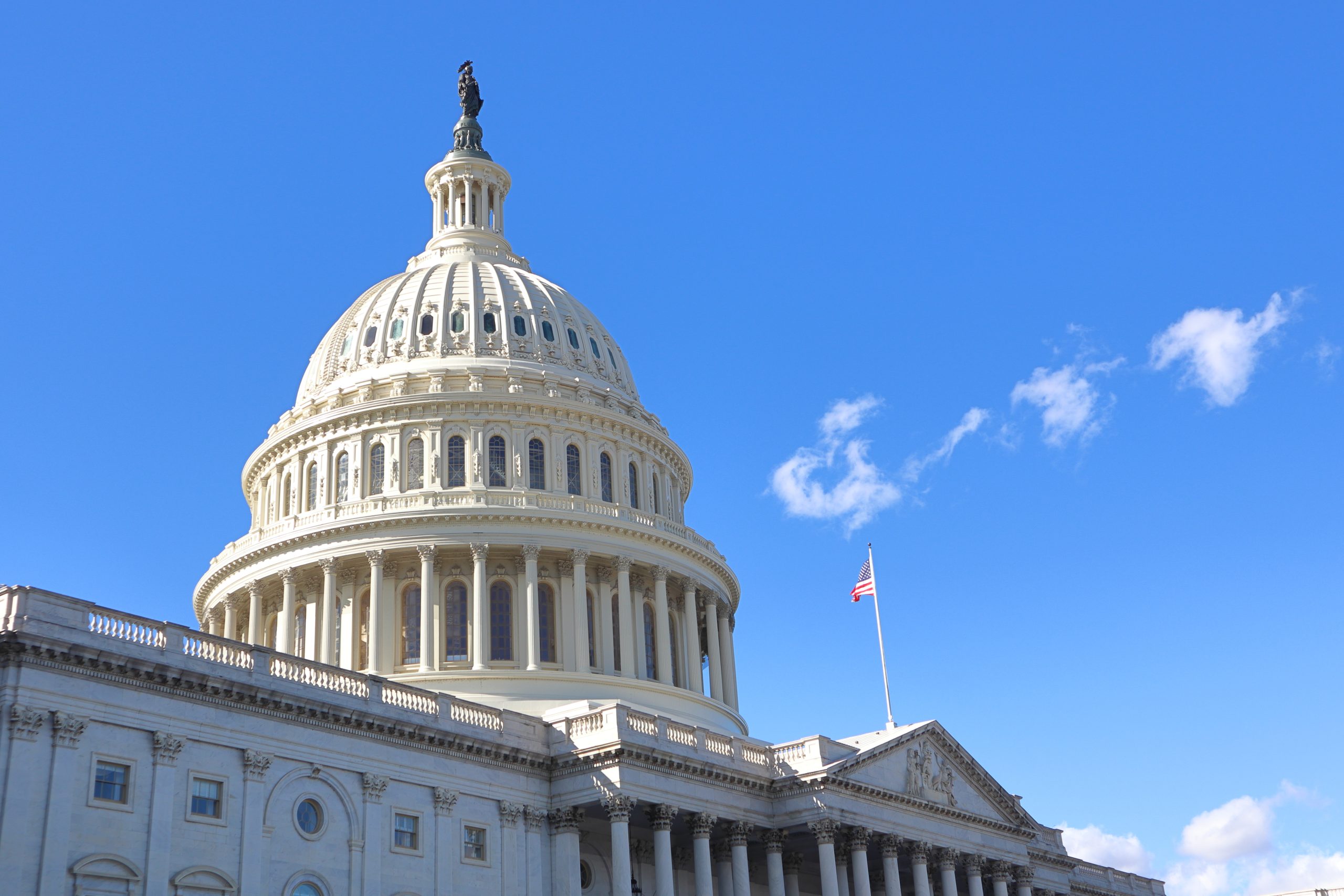

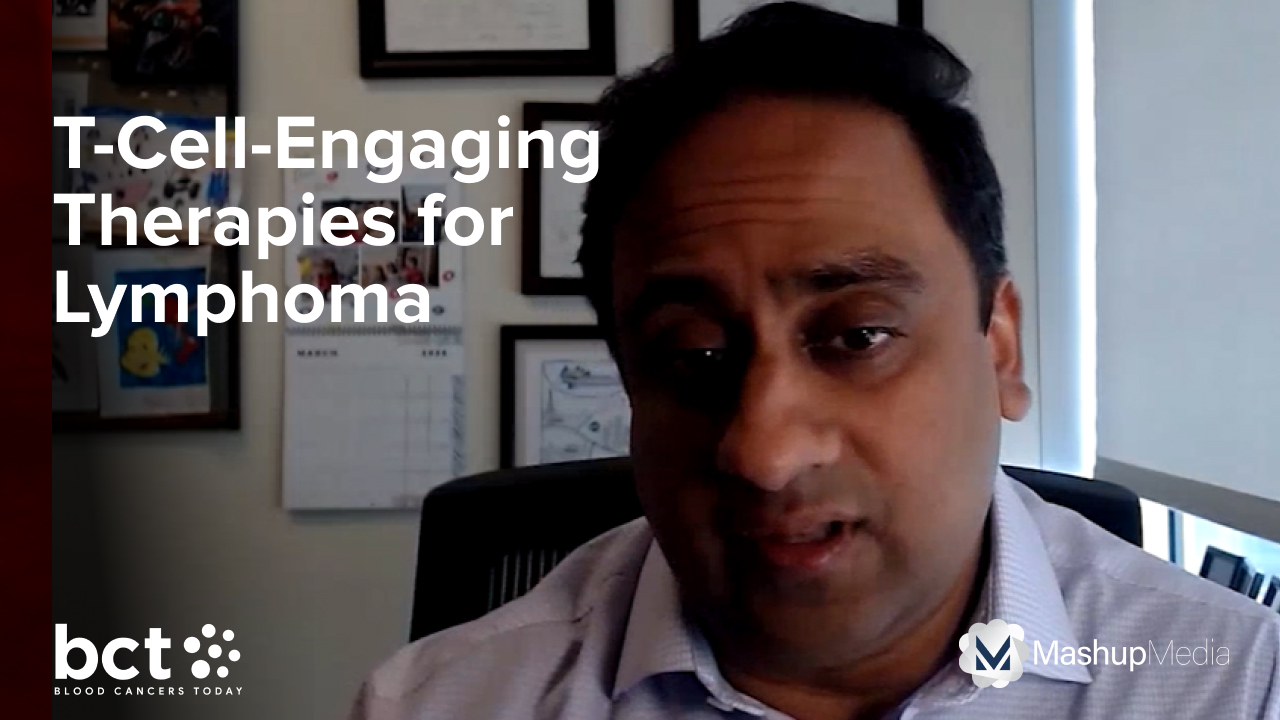
 © 2025 Mashup Media, LLC, a Formedics Property. All Rights Reserved.
© 2025 Mashup Media, LLC, a Formedics Property. All Rights Reserved.